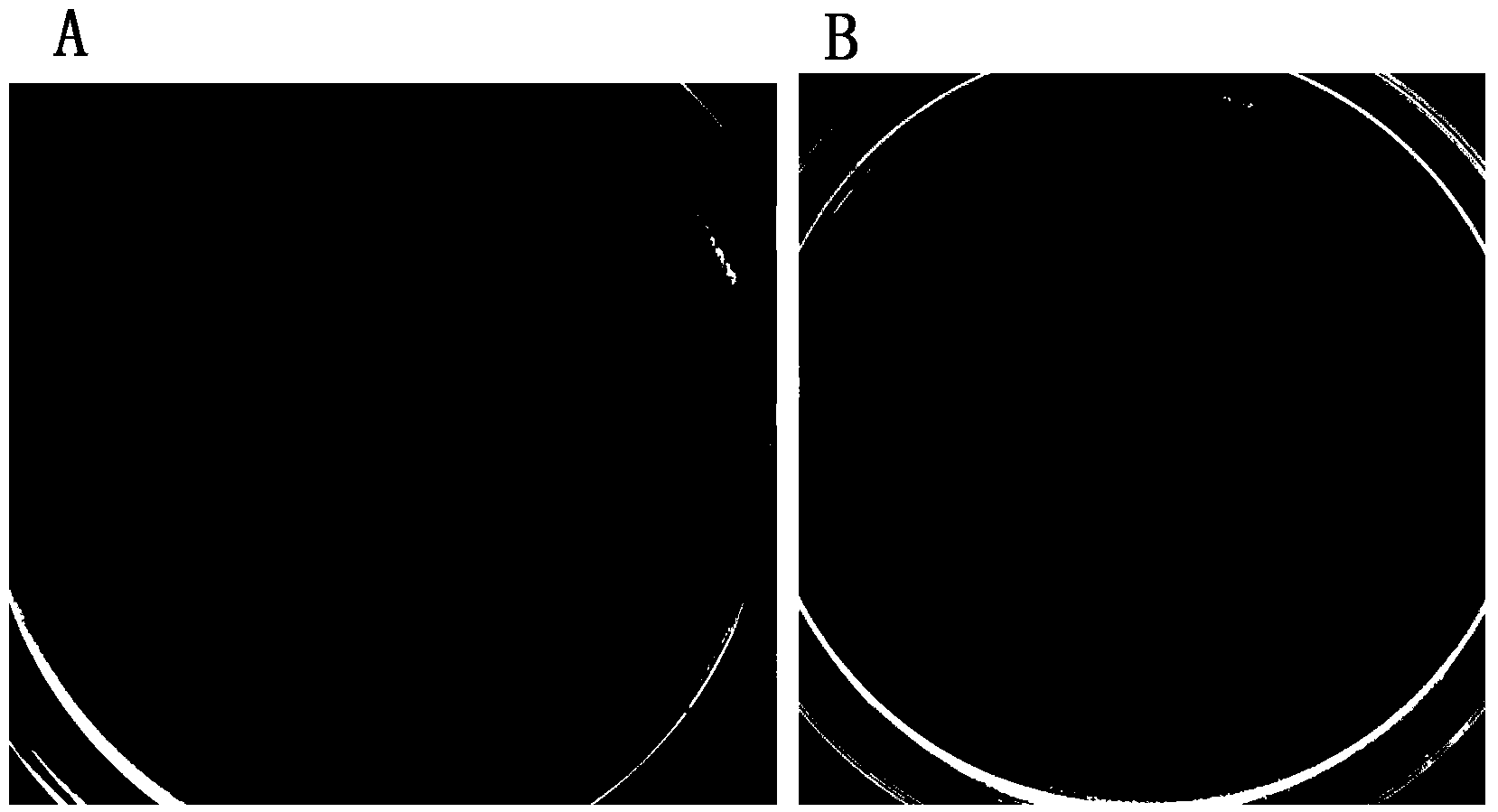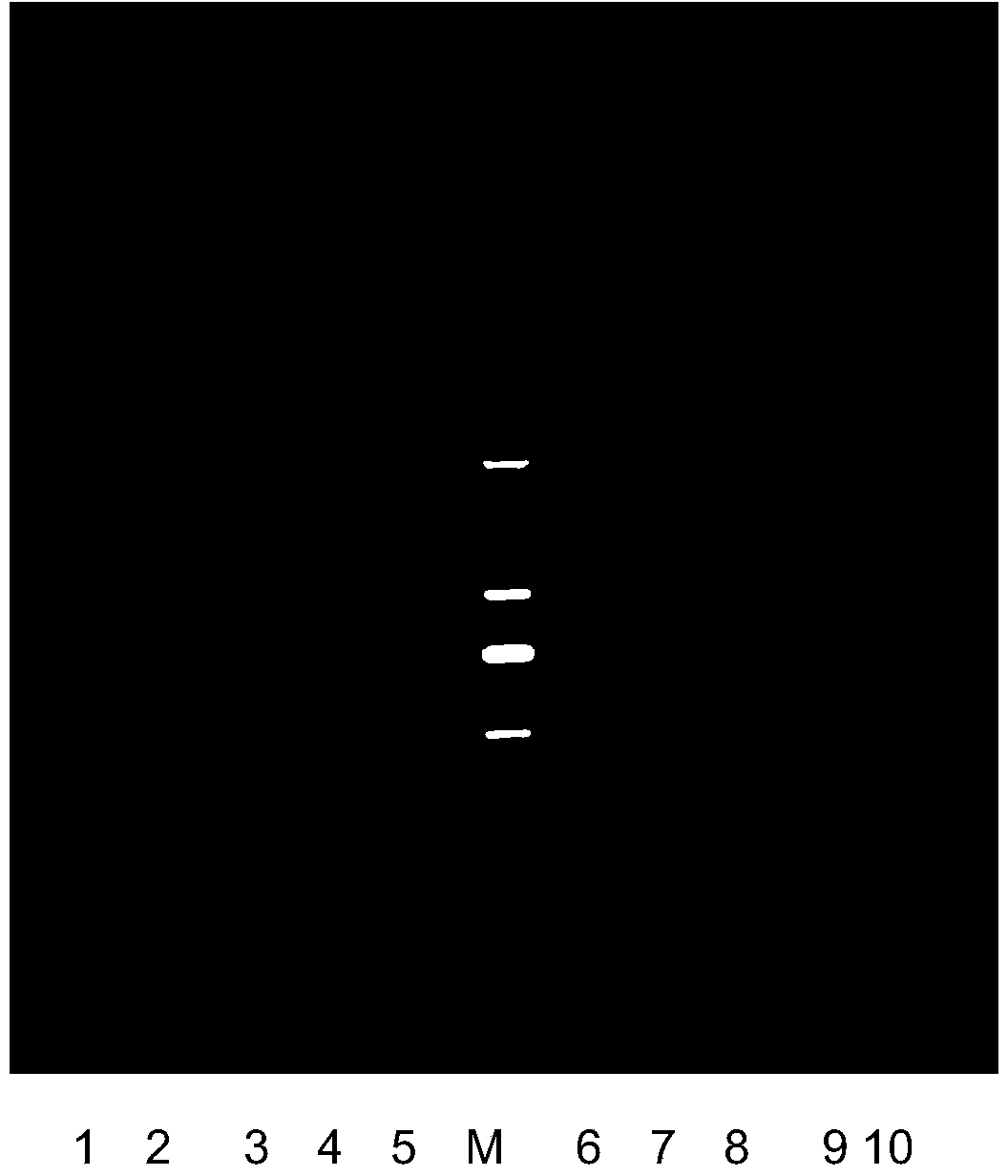Method for improving stability of recombinant plasmid by chemical-mutagenesis saccharomyces cerevisiae genetically engineered bacterium
A technology of genetically engineered bacteria and Saccharomyces cerevisiae, which is applied in the field of chemical mutagenesis of Saccharomyces cerevisiae genetically engineered bacteria to improve the stability of recombinant plasmids, can solve the problem of high cost, achieve the effects of convenient separation and purification, saving medium costs, and reducing production costs
- Summary
- Abstract
- Description
- Claims
- Application Information
AI Technical Summary
Problems solved by technology
Method used
Image
Examples
Embodiment 1
[0031] The Saccharomyces cerevisiae genetically engineered bacteria used in this example is the Saccharomyces cerevisiae genetically engineered bacteria containing the recombinant plasmid pYES2-α-G13. A method of using Saccharomyces cerevisiae to express antimicrobial peptide G13".
[0032] 1. Mutation
[0033] Use an inoculation loop to pick the Saccharomyces cerevisiae genetically engineered bacteria Glycerol bacteria stored at -80°C on the uracil-deficient solid medium (SC-U), wait for the colony to grow, and inoculate a single colony on the SC-U liquid medium. When OD600=3, take 10ml of bacterial liquid in a centrifuge under sterile conditions, centrifuge at 3000r / min for 10min, suspend with 40ml of PB buffer solution with pH=7 until the cell density is 10 6 1 / ml, add 1ml mutagen DES (diethyl sulfate) to the suspension to make the final concentration 2% (v / v), treat with ultrasonic wave for 15min, absorb 500μl mutagen solution and add 0.25ml 25% sulfur Sodium sulfosulfat...
PUM
 Login to View More
Login to View More Abstract
Description
Claims
Application Information
 Login to View More
Login to View More - R&D
- Intellectual Property
- Life Sciences
- Materials
- Tech Scout
- Unparalleled Data Quality
- Higher Quality Content
- 60% Fewer Hallucinations
Browse by: Latest US Patents, China's latest patents, Technical Efficacy Thesaurus, Application Domain, Technology Topic, Popular Technical Reports.
© 2025 PatSnap. All rights reserved.Legal|Privacy policy|Modern Slavery Act Transparency Statement|Sitemap|About US| Contact US: help@patsnap.com



